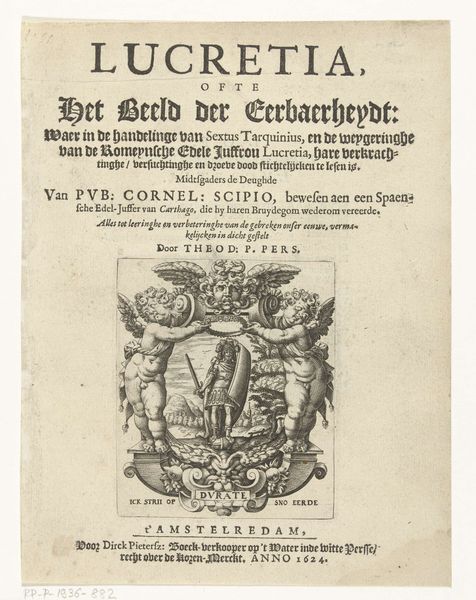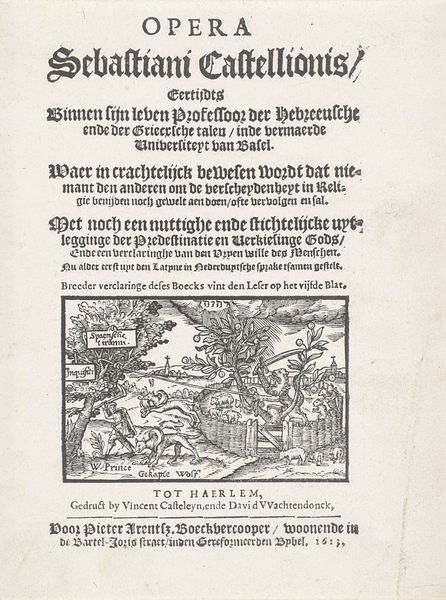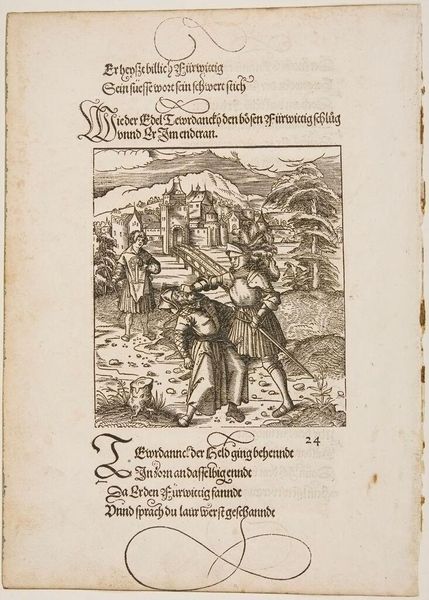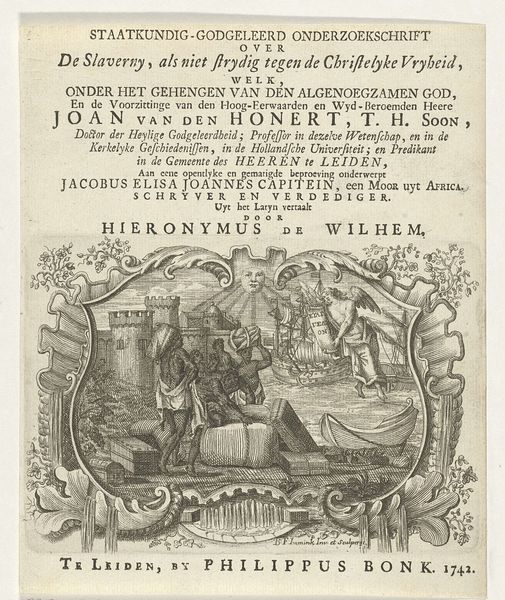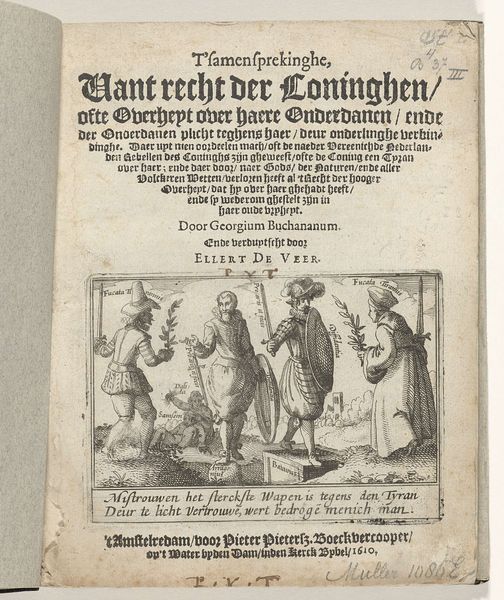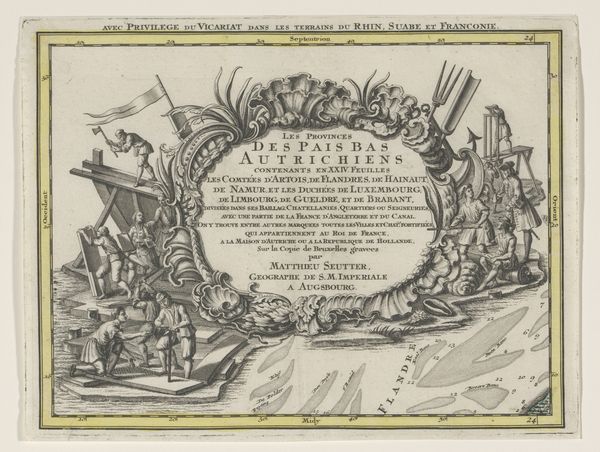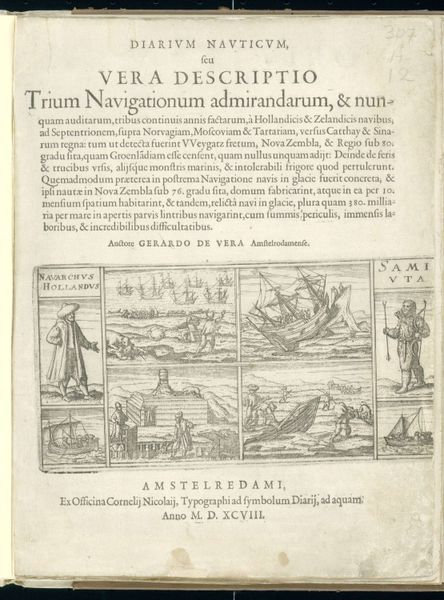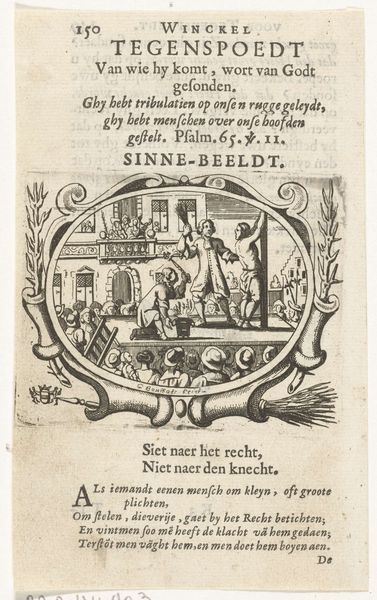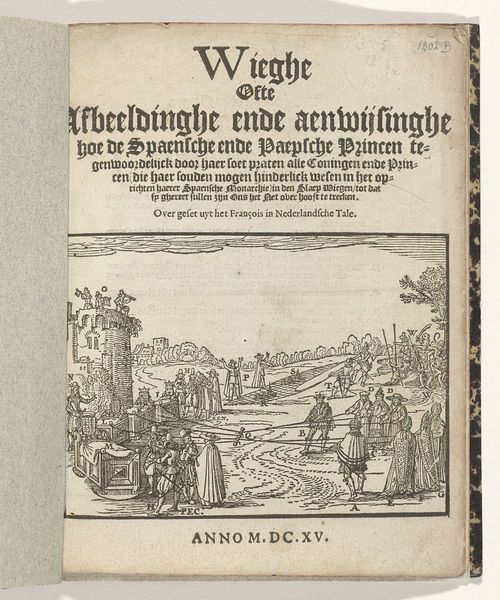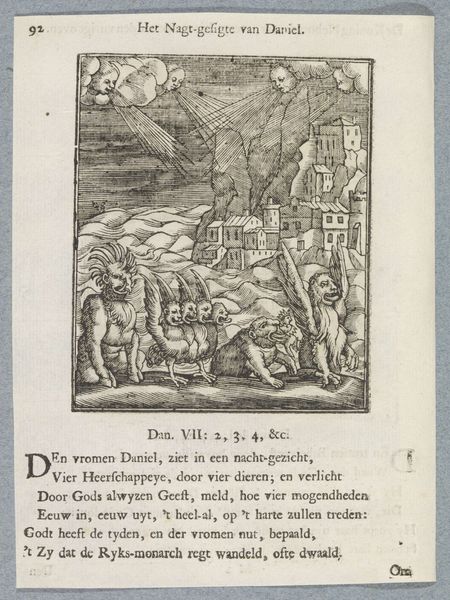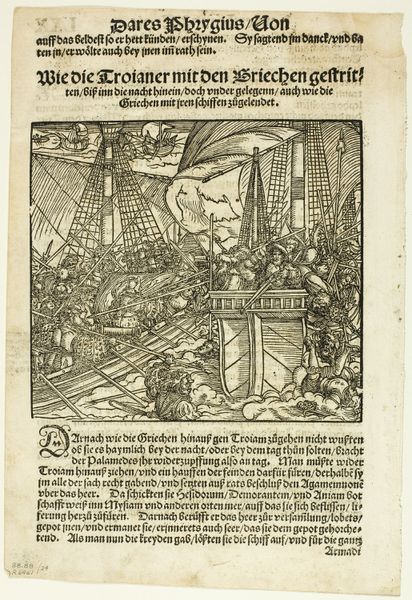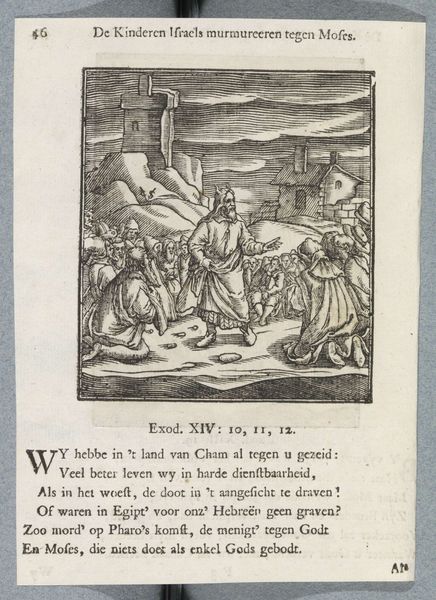
Warhafftige Relation. Der dreyen newen unerhörten seltzamen Schiffart so die Holländischen und Seeländischen Schiff....Anno 1594, 1595 und 1596 verricht 1598
print, woodcut, engraving
narrative-art
baroque
landscape
woodcut
history-painting
engraving
Dimensions: height 19.8 cm, width 16 cm
Copyright: Rijks Museum: Open Domain
This is a bookplate made in 1598 by Gerrit de Veer, using the technique of wood engraving. The plate, printed on paper, offers a glimpse into the world of Dutch exploration and commerce during the late 16th century. Engraving, like many printmaking methods, is essentially a reproductive technology, ideally suited to spreading information quickly and efficiently. In this case, it allowed de Veer to disseminate his account of Dutch voyages to the Arctic, undertaken in search of a northern passage to the East Indies. The linear quality of the engraving lends itself well to depicting the harsh, icy landscapes encountered by the explorers. Note the contrast between the detailed rendering of the ship caught in the ice and the more schematic depiction of the figures representing Holland and Samoyedia, indicative of Europe and the East. This print is not just an image, it's a piece of material culture deeply embedded in the history of trade, exploration, and the rise of capitalism. By understanding the materials and processes used to create it, we can gain a richer appreciation of its historical context and cultural significance.
Comments
No comments
Be the first to comment and join the conversation on the ultimate creative platform.
